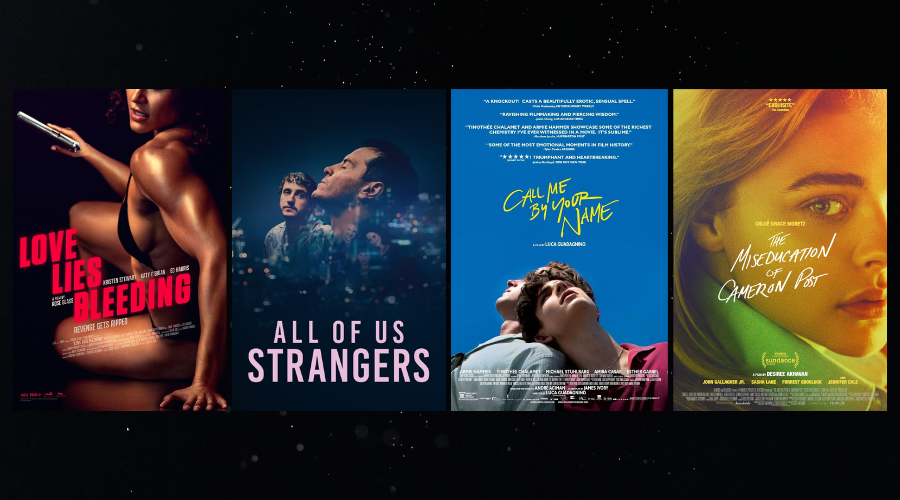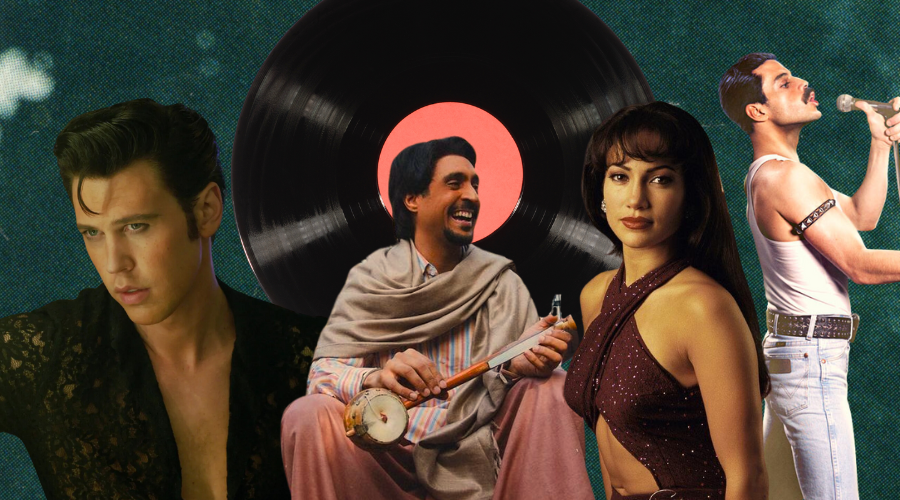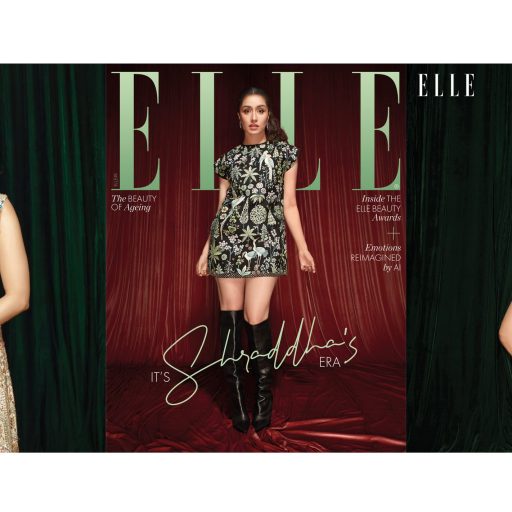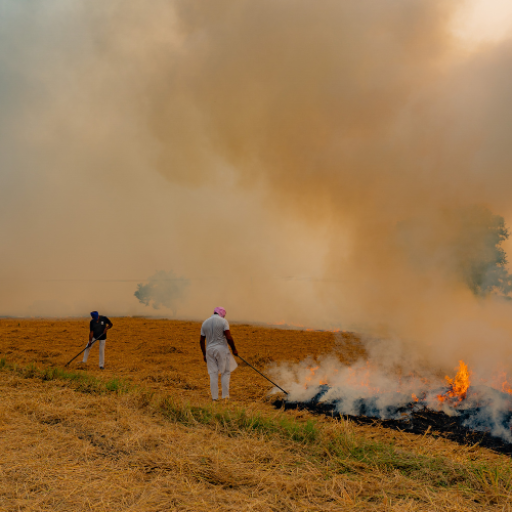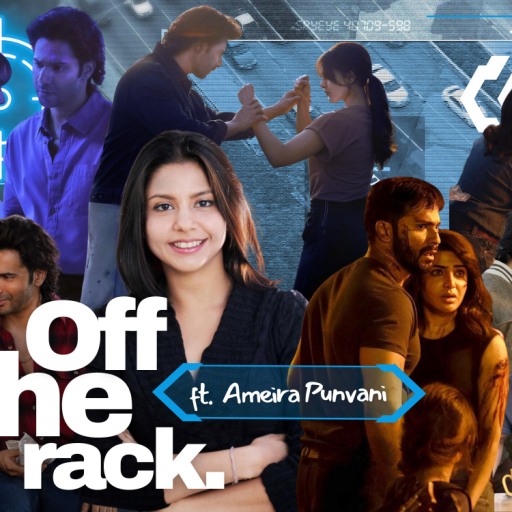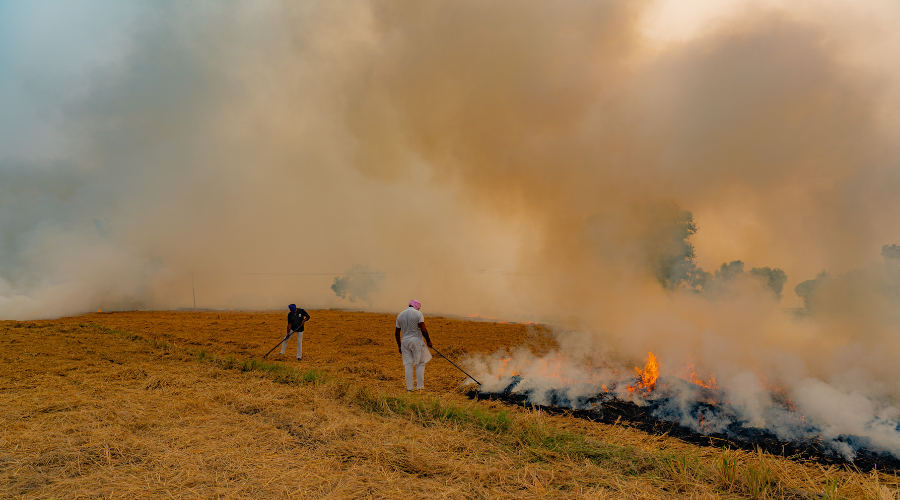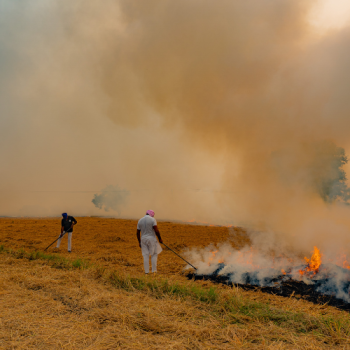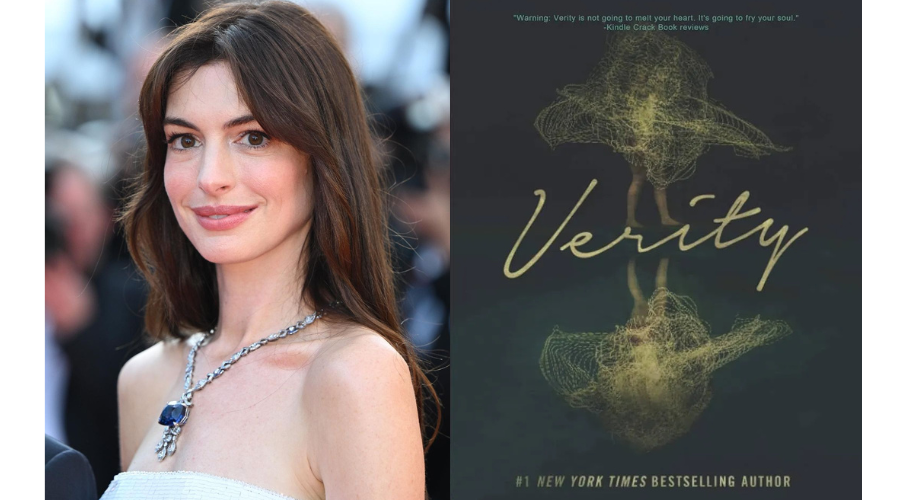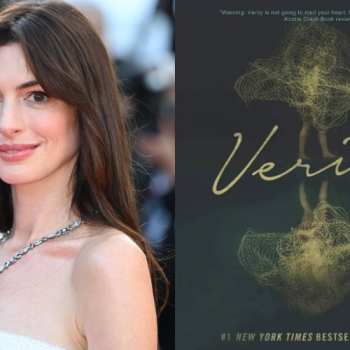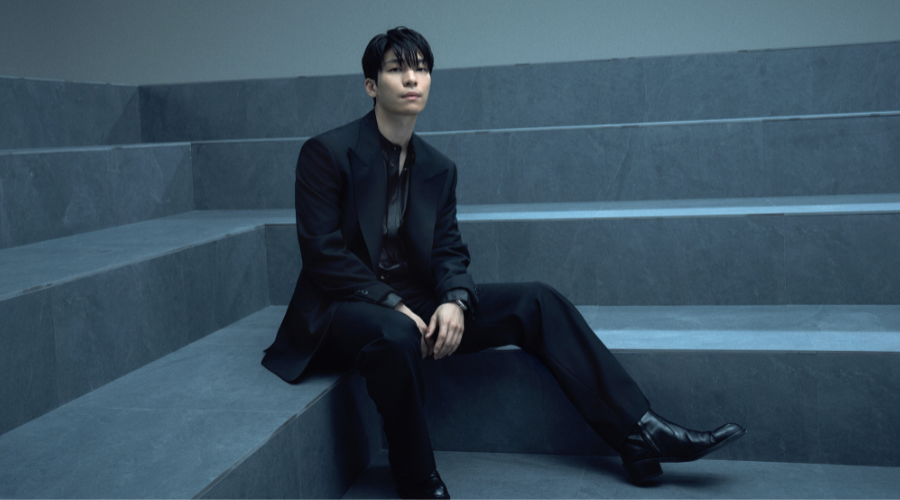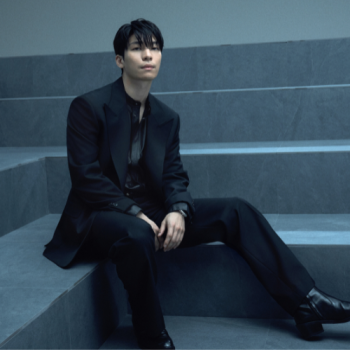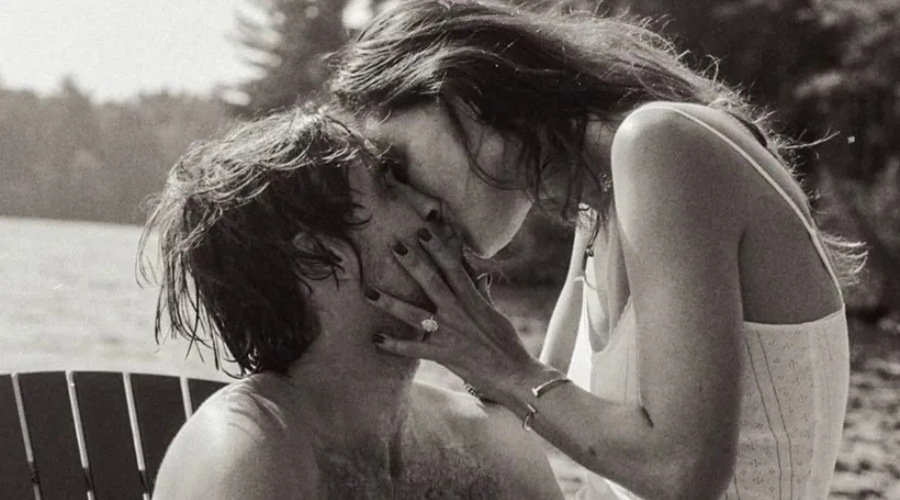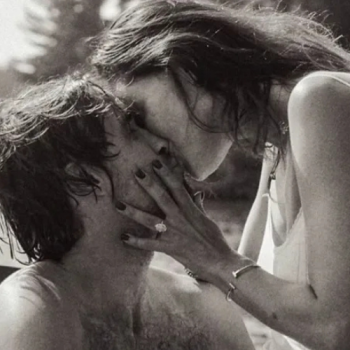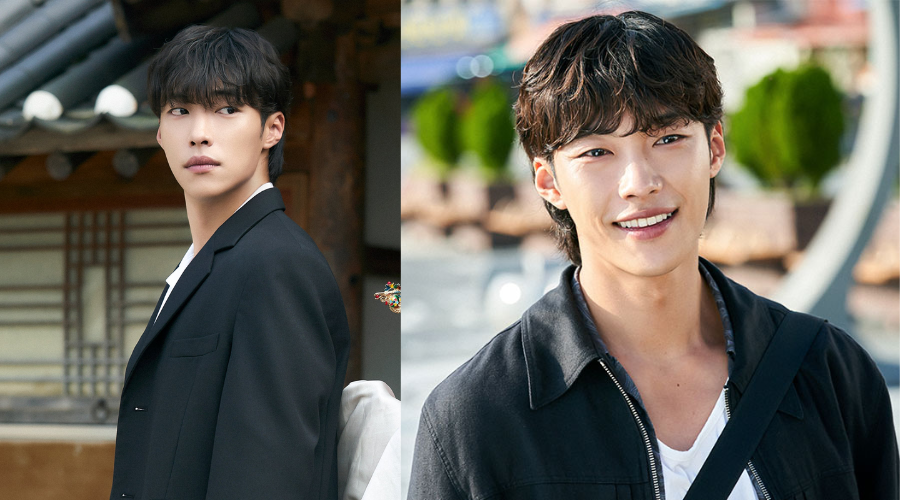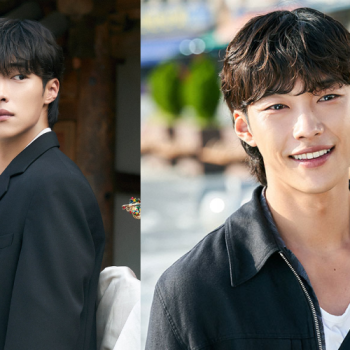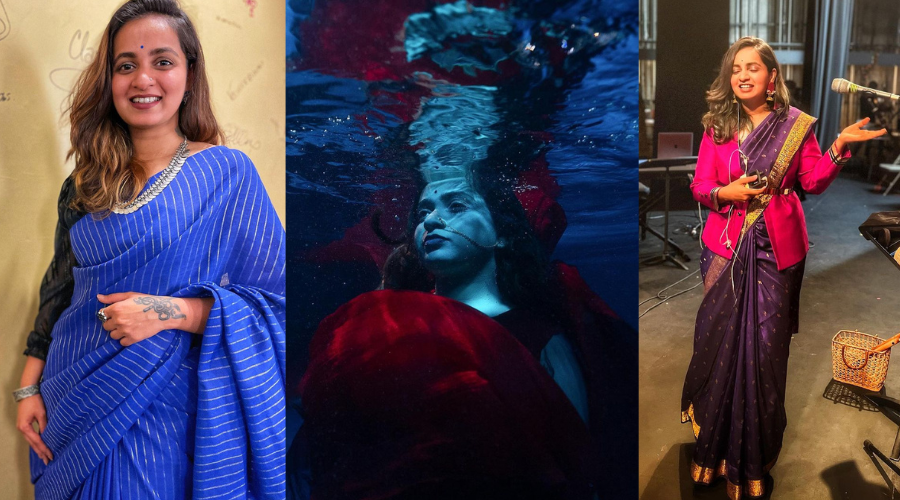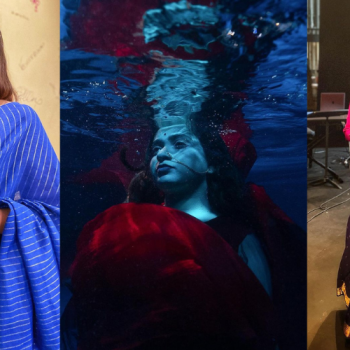Attention, art history lovers! Microsoft and the Museum of Art & Photography (MAP), Bengaluru’s New AI-Powered Platform ‘Interwoven’ is here to take you on an immersive journey. Rooted in MAP’s vast collection of South Asian textiles and developed as part of Microsoft’s AI for Cultural Heritage initiative, Interwoven aims to connect artworks and cultures from around the world. “I think this is a beautiful collaboration between art and technology that looks at how we can use technology to find solutions for art. For long-term support of the arts, we need to target the younger generation who is the future, and to do that, we have to speak the language of the digital native.” Kamini Sawhney, Director, MAP, says.
Having been in the making for over a year, the platform brings together collections from key institutions and partners around the globe (including the V&A London, MET New York, Rietberg Zürich and the Royal Ontario Museum in Canada) alongside MAP’s to reveal connections between artworks from different cultures, mediums and periods. Interwoven represents these visually and intuitively, encouraging further exploration and discovery. “You are looking at exchanges that happened centuries ago. India has such a rich tradition of textiles and our craftsmen had mastered the most complex kind of weaving techniques. They were producing these exquisite textiles that were being sent across the seas because of the historic trade that was taking place at that time. They catered to the world market for centuries and influenced societies, both aesthetically and politically. The platform promotes global cultural exchange, where you connect collections, cultures, institutions and people across the globe; you find commonalities and differences. What this does is it gives you a deeper understanding of your past and your ancestors, who they were, what did they create, and the relevance of what they created to our lives today. This is a window into your identity, culture, and social practices. It also gives you clues to your future. In a very polarised world today, we need to use the arts to encourage empathy and a deeper understanding of the world we live in.” Kamini shares.
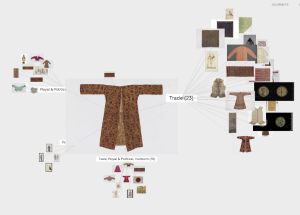
Interwoven works by providing users with two options— The first, Curated Journeys, allows the user to view predefined journeys curated by the MAP Academy. The second option, Custom Journeys, invites general users to explore the platform to stumble upon meaningful and sometimes even surprising visual connections. Giving an in-depth example of a curated journey, Kamini says, “One of the journeys that our team created is on leisure and play in art. We begin with a wonderful dari from MAP from the 1940s which has a beautiful hunting scene on it. And then that leads to an oil painting from the 1830s from the Smithsonian, which has a group of Native American Indians from the Choctaw tribe doing the eagle dance to the beating of drums. Then we go into an embroidered textile by one of our sculptures, Mira Mukherjee, one that she had done when she was at the beaver studio in Kolkata. And there she has embroidered a lovely market scene where people are riding around on cycles. Another piece that comes up is a Japanese scroll from the 1800s by the Edo master, Maruyama Okyo from the Harvard Art Museum. It shows a group of eight Chinese scholars who are drinking. These are the kind of journeys that you can experience. What’s lovely about AI is that each time it’s a different journey, you don’t know what it’s going to throw together.”
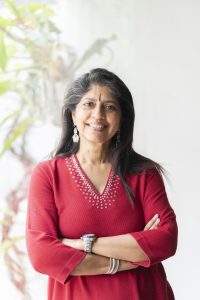
Previous projects under Microsoft’s AI for Cultural Heritage initiative have involved improving accessibility through the Open Access collection of the Metropolitan Museum of Art, New York, and the digital restoration of ‘Ancient Olympia’, in collaboration with the Government of Greece. The Museum of Art and Photography in Bengaluru is the first project under this initiative in India. “Through MAP we’re looking to democratise art because we want to make art accessible, inclusive and available to the widest possible audience. We also want to transform the museum-going experience for people in the country. Art is not about objects that are hanging on the walls of the museum, art is about the way you live and we want to reconnect that connection that seems to have snapped.” Kamini concludes.

